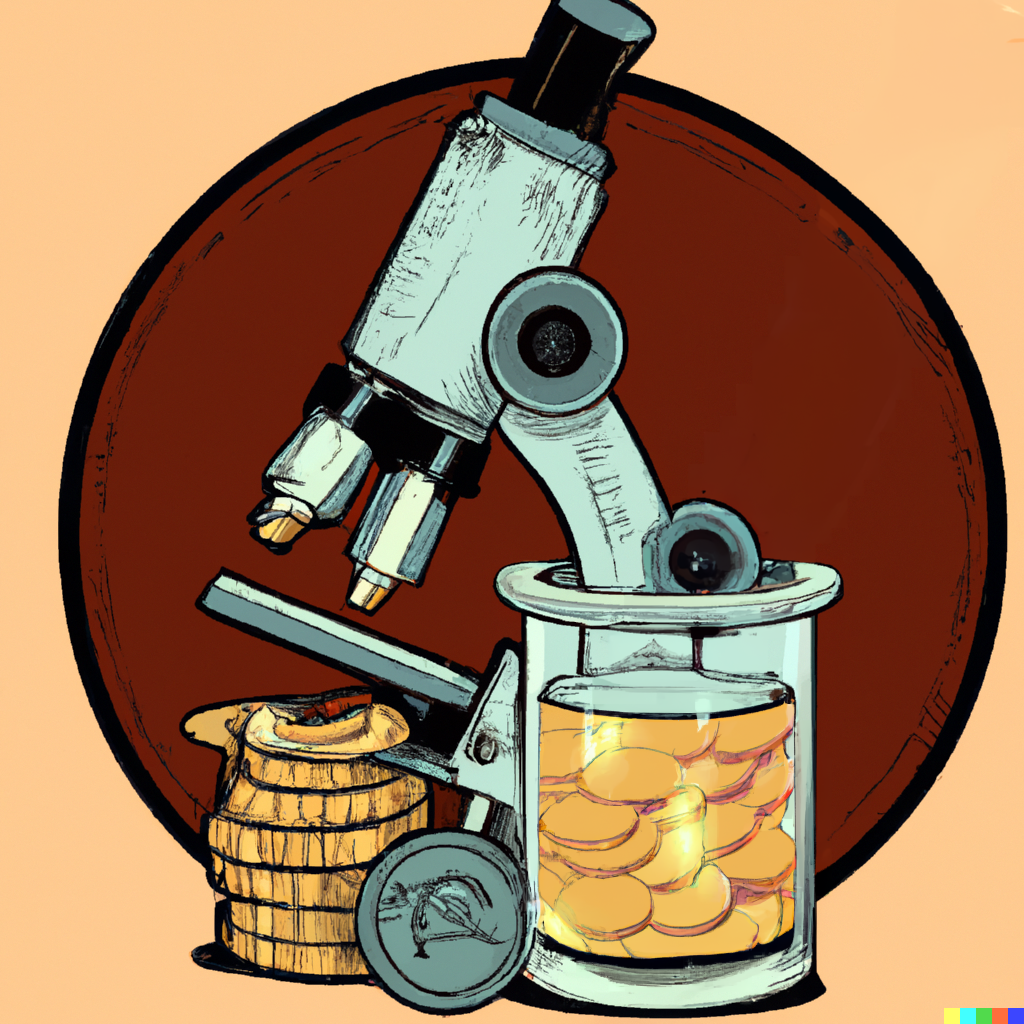This coin was minted in the Ancient Greek settlement of Selge, Pisidia. Coins of this type are from approximately 200 BCE to 100 BCE. It is a very small coin measuring in at 11mm and 2.01g in weight.
The obverse is a very off center portrait of Hercules wreathed with styrax, wearing a lionskin around his neck and a club over his shoulder. You can make out the lionskin clasp, the right eye is all the way at the top in the center, just to the left and down a little is the wreath. The reverse is the best part of this coin and has made it one of my favorite coins I’ve cleaned so far, it is the front of a stag looking back as it runs (presumable from a hunter). The greek letters Sigma (Σ), Epsilon (E), lambda (Λ) are the first 3 letters of the city Σέλγη • (Sélgē).
This was a great coin to clean, as I was working away at the layers of dirt I decided to leave some of it in place as an artistic choice. I really feel leaving some of the dirt in the field provides contrast to the heavily warn lettering and the stag. I cleaned this coin without knowing what to expect and the obverse was especially challenging because the portrait didn’t make sense. It looked and felt like a blob as I was cleaning it. When ‘digging’ into the eye I was second guessing myself but experience was telling me it was fine. After identifying coin i can see why it was so confusing… the portrait is extremely blocky. In hand the obverse looks a lot better and you can make out more detail than the picture shows. I tried to get as much detail as I could when taking the picture but the 2D nature of the photo really doesn’t do it justice.
I was not able to find an exact copy of the coin online but i found many extremely similar ones here. With the most similar one being SNG vA 5286 I’m mostly familiar with Roman coin attribution so I don’t really know what SNG vA 5286 means… if anyone knows and can explain it please do :-) I think its a reference book and entry number
Lovely!
SNG von Aulock is the standard reference for Greek coins from Anatolia.
Sylloge Nummorum Graecorum, Deutschland, Sammlung Hans Von Aulock. (Berlin, 1957-1967).
A standard reference for (Anatolia) Asian Minor. Four volumes, including one supplement volume, publishing the Hans von Aulock collection of 8,739 Greek and Roman Provincial coins, in German. The collection is now disbursed; much of it is in the British Museum.
- Vol. 1: Pontus, Paphlagonia, Bithynia, Mysia, Troas, Aiolis, Lesbos, Ionia. (Berlin, 1957).
- Vol. 2: Caria, Lydia, Phrygia, Lycia, Pamphylia. (Berlin, 1962).
- Vol. 3: Pisidia, Lycaonia, Cilicia, Galatia, Cappadocia, Cyprus, Imperial Cistophori, Posthumous Lysimachus, Alexander tetradrachms. (Berlin, 1964).
- Vol. 4: Supplement. (Berlin, 1967).
Index. (Berlin, 1981). Peter Franke et al., editors. 268 pages, 12 fan folding tables, maroon cloth, dust jacket, quarto.
Wow this reply sent me down quite the rabbit hole lol Its a little frustrating that there aren’t as many great online resources for attributing Greek coinage. I think I like them more, so much variety and character. Roman coins are so numerous though and there is such a rich body of history… you can learn so much about the roman coins. Greek coins don’t come with whole articles telling you about them like Roman coins… but there are much cooler depictions of gods and creatures on Greek coins.
Thank you for the information :-D
I typically use acsearch.info and a lot of googling. I also own Sear’s ‘Greek Coins and their Values’ volume I and II, and apart from the values part they are also quite useful.
Howdy, not a numismatist, but a lover of history. Saw you on a random meme post just now and gave the community a sub. Keep posting, I love seeing this type of stuff!
Also, are you in the states? Or Europe? How do you get your hands on these beauties?
If you’re interested in collecting ancient coins in general, not cleaning the m specifically, check out c/ancientcoins where I have some information and guides up on starting a collection 👍
I live in the states. As for how I acquire them, there are three major dealers in uncleaned coins: dirty old coins, nero coins, and noble roman coins. They have good reputations and you’ll get authentic coins from them, though their descriptions of the condition of the coins and ease of cleaning them are borderline fraud. That being said the more you pay per coin the better shape they’ll be, if your just starting out go with the cheapest… you’ll make mistakes and its best to make a mistake with a poor quality coin than a high quality coin. I’ve read that several shops on vcoins sell uncleaned lots but I haven’t had much success finding unclean coins on there. If you’re thinking about making a purchase make a post on here about it and we can discuss what you’re likely to get and talk strategies on cleaning them.


